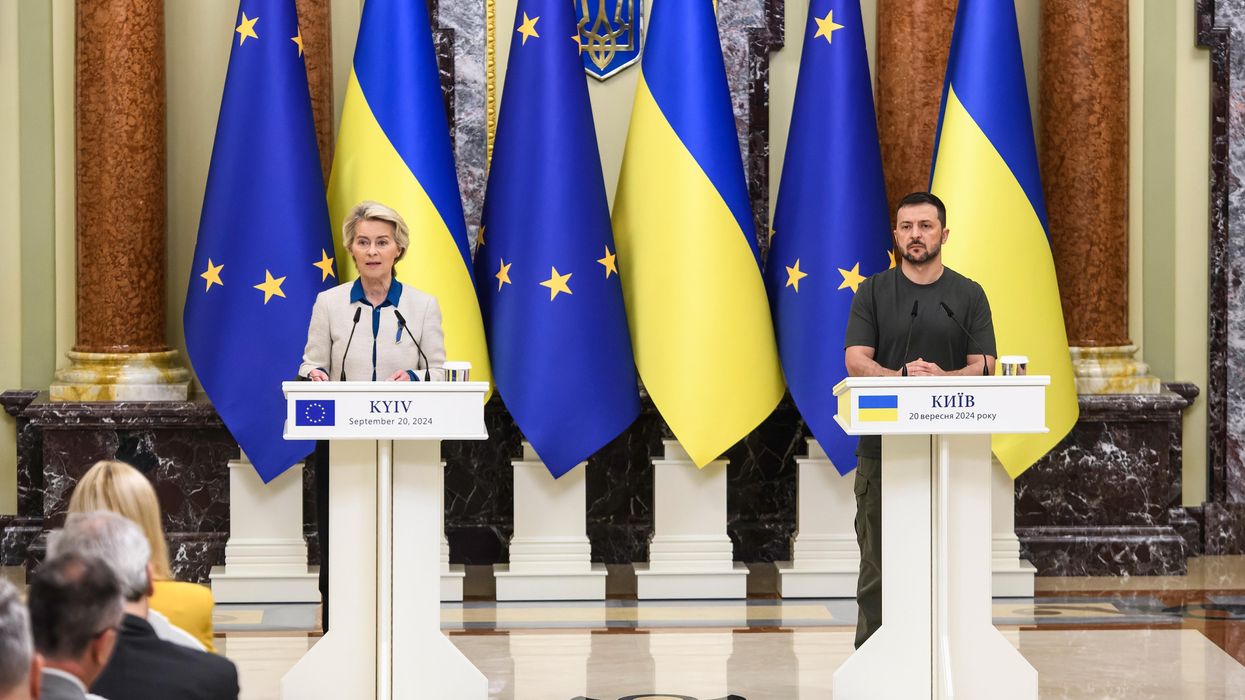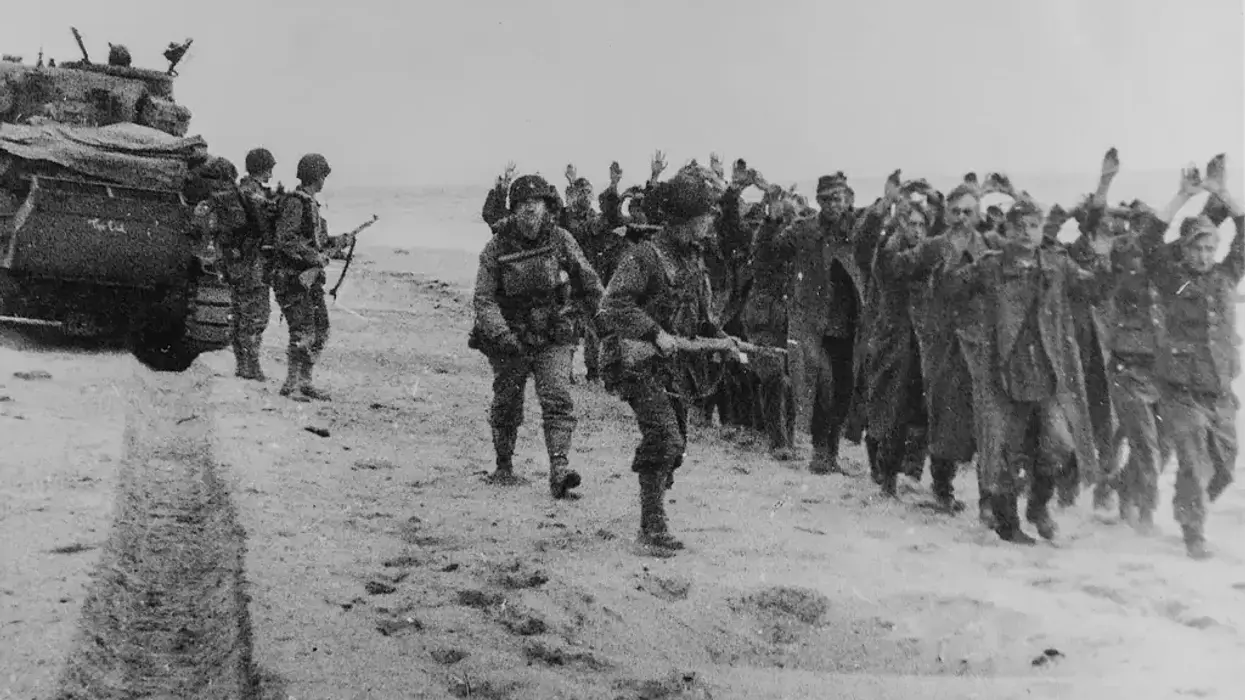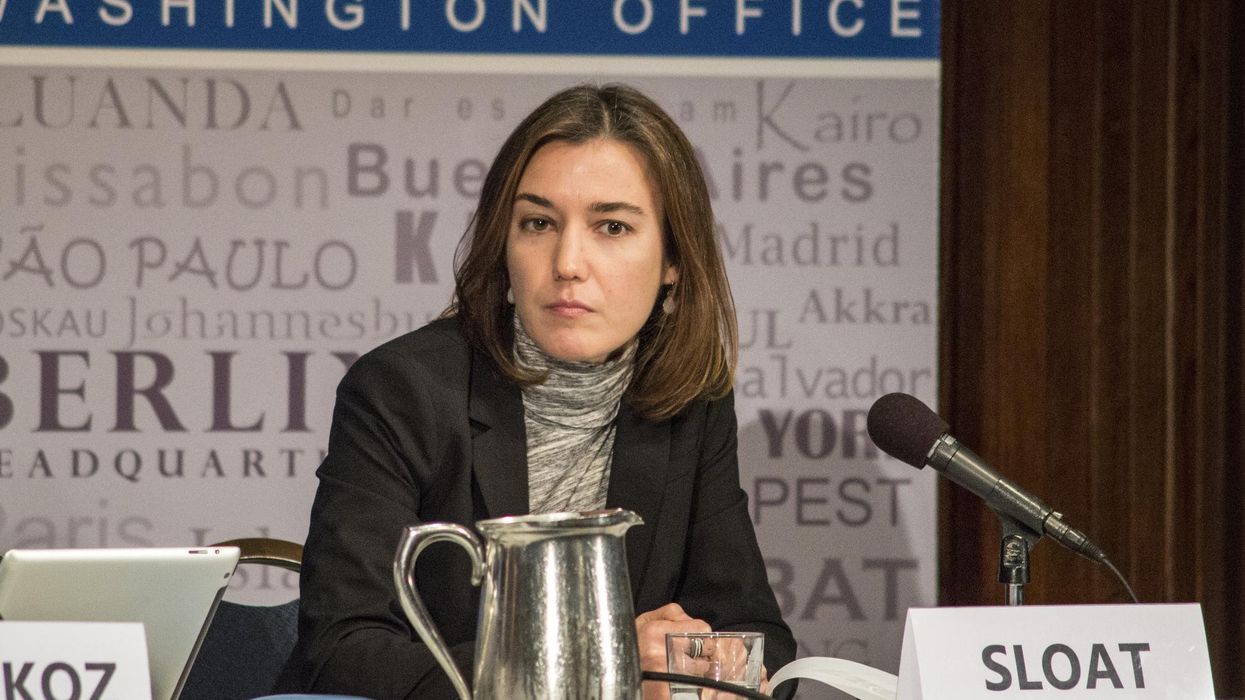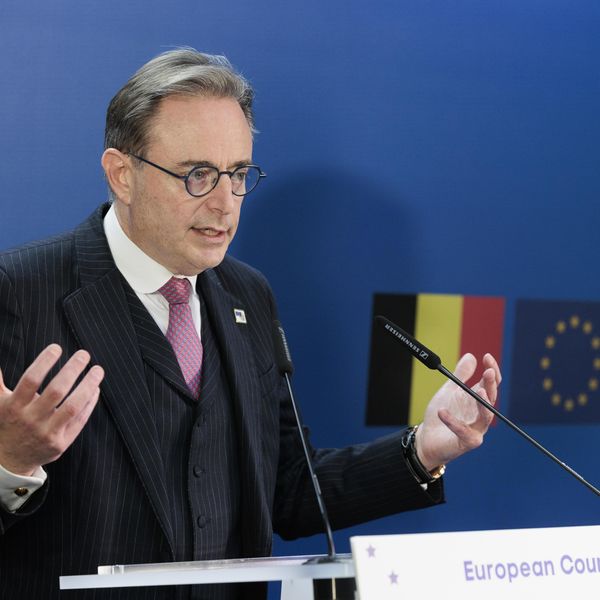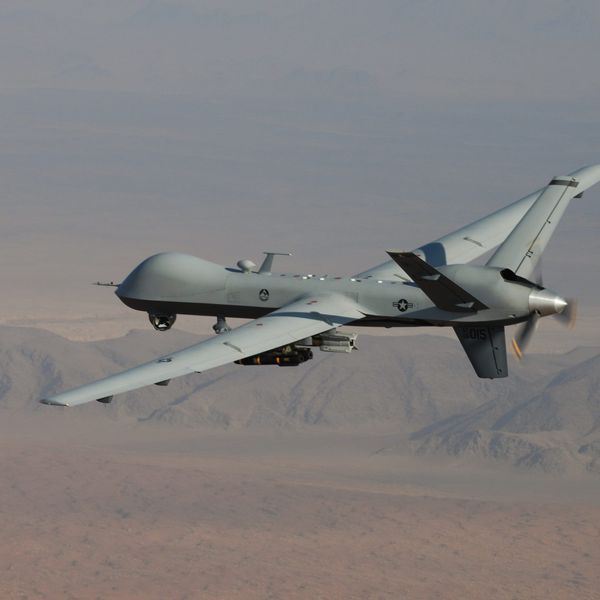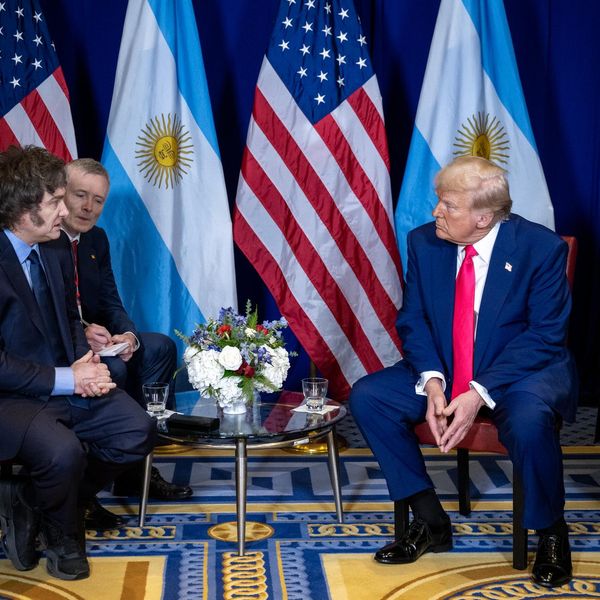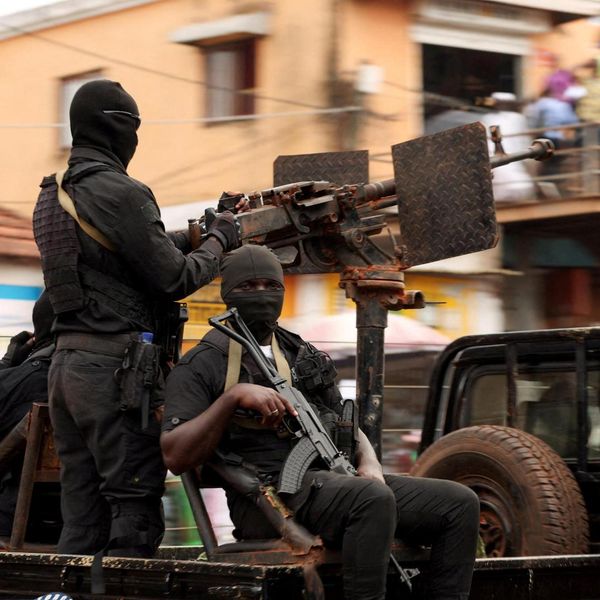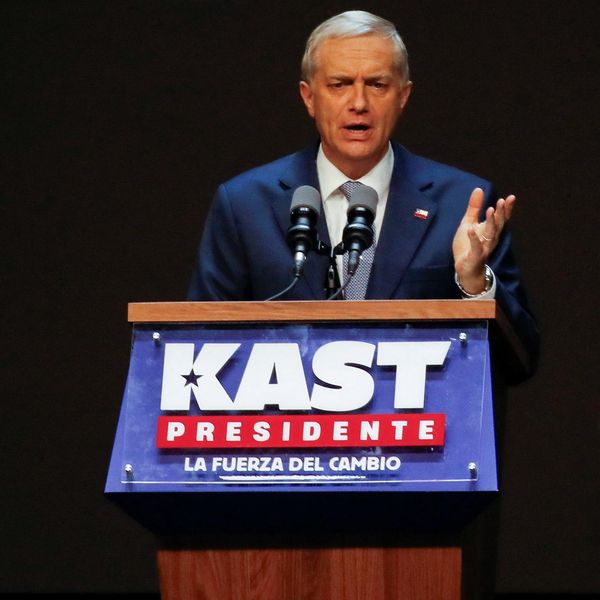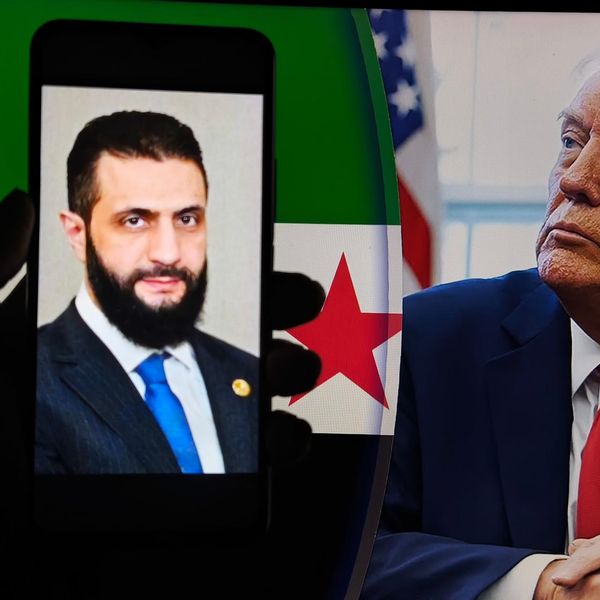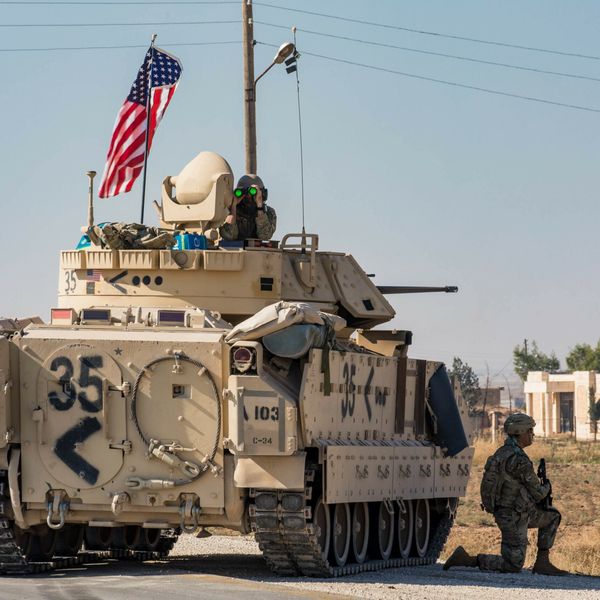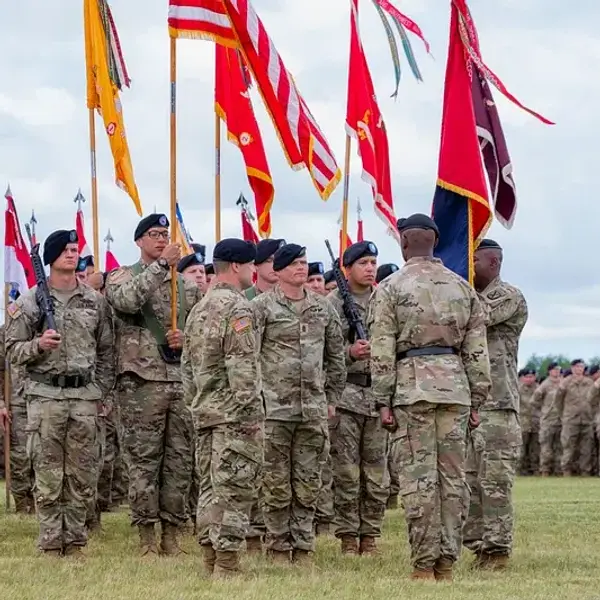On June 27, the Democratic Republic of Congo (DRC) and Rwanda signed a peace agreement in Washington, brokered by the United States. About a month later, on August 1, they agreed to a Regional Economic Integration Framework — another U.S.-brokered initiative linking the peace process to cross-border economic cooperation.
All of this has been heralded as a “historic turning point” that could end years of conflict in eastern Congo between the M23 rebel movement, backed by Rwanda, and the Congolese state.
But anyone who has followed the conflict in recent years knows this promise should be approached with great caution. Since the outbreak of the latest round in this decades-old conflict in November 2021, several peace initiatives have already been launched — all of which failed. They were accompanied by ambitious declarations, but also by structural mistrust, poor implementation, and military developments that outpaced diplomacy. The current peace agreement repeats a formula used in previous peace agreements: Rwanda is asked to withdraw its troops, while the DRC must take action against the FDLR rebels (Democratic Forces for the Liberation of Rwanda, heirs of the genocide perpetrators in Rwanda), a group Kigali sees as an existential threat.
A built-in stalemate?
A core flaw in the Washington deal is that many FDLR forces are located in M23-controlled territory. Neutralizing them would require — at least substantial — withdrawal from that territory by the M23, an act that would be political suicide for a Rwanda-backed group. Without credible incentives to give up hard-won ground, the M23 will not budge. For its part, Rwanda can refuse to withdraw its forces until the FDLR are eliminated, locking the process into a stalemate: Kinshasa cannot reach the FDLR without first dislodging M23, which refuses to move.
That leaves two politically impossible scenarios: M23 dismantles itself, or Kinshasa accepts permanent M23 control over part of its territory — an outcome equally unacceptable to the Congolese government.
Follow the money
If the political framework is shaky, the economic underpinnings are equally fraught. For Washington, the peace deal offers a gateway to Congo’s vast reserves of “critical minerals” essential for the global energy transition and high-tech industries — coltan, cobalt, copper, and lithium. It also offers a way to counter China’s dominance in the DRC’s mining sector.
For Kinshasa, the hope is that U.S. backing will bring investment and political support. Projects in the economic package include the Ruzizi III hydroelectric dam, shared with Rwanda and Burundi, and a $700 million investment to build a methane gas-to-electricity plant on Lake Kivu — led by U.S. firm Symbion Power. But the conflict has stalled the latter, and no construction has begun.
U.S. companies have already moved to secure stakes. Soon after the Washington deal was sealed, KoBold Metals — backed by Jeff Bezos and Bill Gates — signed an exploration pact with the Congolese government, allowing the company to apply for exploration permits in Congo covering more than 1,600 square kilometers, and to develop (part) of a lithium mine in Manono. But KoBold has been tied up in international arbitration with an Australian company, AVZ, since 2023, with AVZ arguing that the U.S. deal violates an international arbitration order.
Also directly after the Washington deal, a U.S. consortium involving former military and intelligence officials moved into pole position to acquire the Chemaf copper and cobalt mine, blocking a sale to Chinese state-owned giant Zijin Mining as a result of heavy lobbying.
These moves reveal the deeper reality: Congolese minerals are more than ever a geopolitical battleground, and the U.S. is leveraging the peace process to advance its strategic interests.
Will investment bring peace?
The theory underlying the Washington deal is that big-ticket investments will drive local development and, in turn, promote peace. In practice, the risks are high in the DRC: weak governance, poor infrastructure, insecurity in mining zones, and the long timelines from contract to production. U.S. firms also face costly environmental and governance requirements. Even in the best-case scenario, major projects are unlikely to deliver tangible benefits before 2028 — the presumed expiration of the current terms held by President Donald Trump’s and his Congolese counterpart, Felix Tshisekedi.
In the meantime, the June 27 deal looks less like a genuine peace accord and more like a stability pact — a diplomatic cooling mechanism to secure access to resources. It risks leaving the structural drivers of conflict untouched while legitimizing a status quo of fragmented control.
M23 and its incentives
A critical flaw of the Washington deal is that it sidelines M23 — the rebel group that has gained control of much of eastern Congo and that is central to any durable peace. While Rwanda denies supporting the group, U.N. reports repeatedly document that M23’s military gains have relied on Rwandan Defense Forces. Yet the June 27 agreement focuses almost exclusively on Rwanda withdrawing troops and Kinshasa neutralizing the FDLR, leaving M23’s cooperation largely unaddressed.
Separately, negotiations have been ongoing between the Kinshasa government and M23 — which was not involved in the U.S. peace deal. On July 19, Kinshasa and the M23/AFC signed a declaration of principles that began with a ceasefire pledge. Direct talks were expected to begin no later than August 8, accompanied by a number of confidence-building measures, including the release of prisoners.
But these negotiations have stalled. To date, neither the DRC delegation nor the M23 had made the trip to Qatar, Washington’s partner in the peace talks. The M23/AFC representatives have returned to Bukavu, declaring they will only resume talks if their 700 detained members are freed.
Neither the Washington deal nor the Qatari agreement between the M23 and Kinshasa have had much effect on the ground. Directly after the signing of the U.S. peace deal, the M23 spokesperson clearly said it wasn’t going anywhere. The group since has repeatedly asserted that it wants to transform the Congolese state into a federal system, in which it would govern its territories autonomously. Moreover, M23 forces have continued killing civilians: the U.N. human rights office has documented how the rebel group, aided by members of the Rwandan army, killed at least 319 civilians between July 9 and 21 in the North Kivu region — most of these local farmers camping in their fields during the planting season. In the last week, fighting between government-affiliated militias — the “Wazalendo” — and M23 intensified.
Political breathing room for Tshisekedi
For now, the deal has already eased political pressure on Congolese President Tshisekedi. A new government has been formed, but, despite promises of inclusivity, no major opposition figures have joined. Many demanded a national dialogue mediated by Congo’s Catholic and Protestant churches — a demand that has been ignored.
Kinshasa has yet to approve the peace deal in parliament. Civil society has been shut out entirely, reinforcing the perception that the process is an elite bargain between political and military actors from which the Congolese public has been excluded. This lack of inclusivity raises a more fundamental concern: even if the ink on the agreement is fresh, the underlying drivers of the conflict remain largely untouched.
The regional wild card
The deal also skirts the interests of other regional players that profit from Congo’s instability. Uganda, for example, was not part of the negotiations but controls territory in eastern DRC. In 2024, estimates from Uganda’s central bank show how the country exported nearly $3.5 billion worth of gold, much of it believed to have been illicitly sourced from Congo. Rwanda’s own gold exports, estimated at $1.5 billion in 2024, are similarly linked to smuggling from the DRC. For both countries, the spoils of war may outweigh the uncertain benefits of U.S.-brokered economic projects.
A fragile deal in service of bigger agendas
The Congo-Rwanda agreement has been packaged as a breakthrough, but its design raises a number of questions. It hinges on conditions that are hard to reach for both sides, and it leans on economic incentives that may take years to materialize.
Still, it is the most substantive initiative currently on the table — and in a conflict as entrenched as this one, even a flawed process is better than none. It deserves support, if only because it keeps channels open and tempers the risk of wider escalation.
That support must go beyond resource-driven projects. The U.S. administration should be willing to invest not only in economic incentives but also in sustained political engagement — putting its weight behind the Doha process with M23 and committing diplomatic bandwidth to ensure the June 27 agreement is implemented and monitored. Without that, the deal risks drifting into irrelevance, leaving the people of eastern Congo once again waiting for a peace that never arrives.


